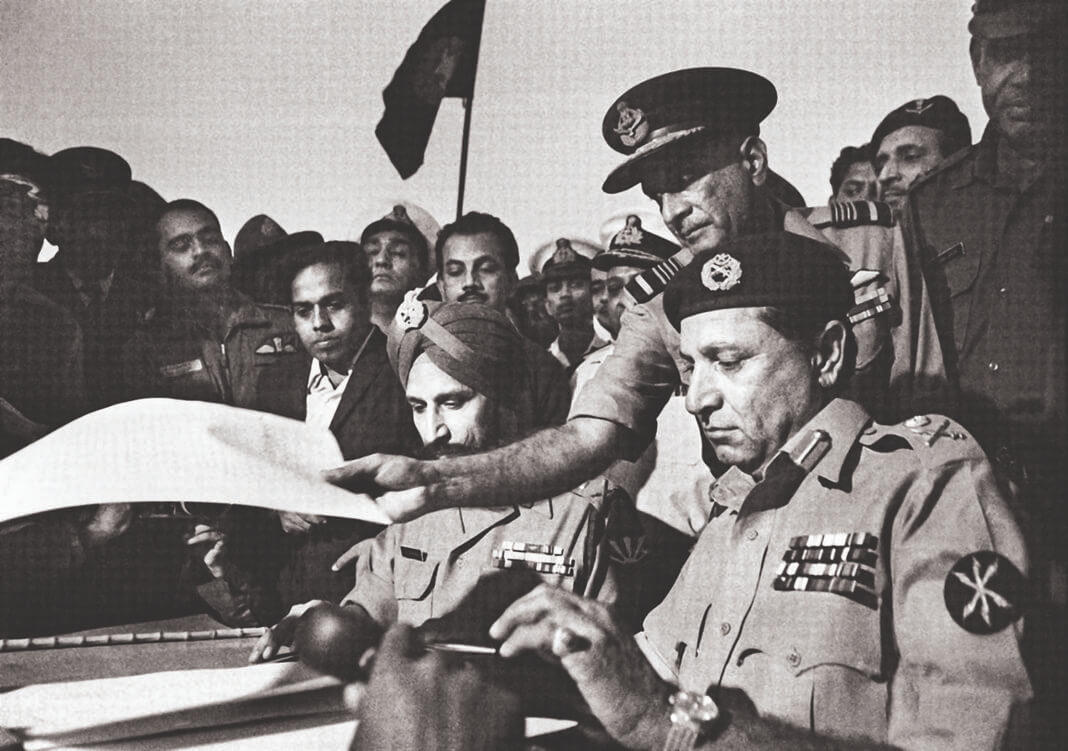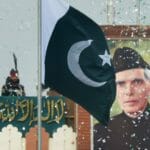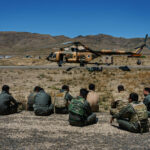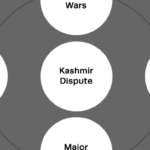THE UNDERCURRENTS
There is a well known and much thrashed out political background to the 1971 War. We all know that the war resulted due to a struggle for power between Awami League, the Army, and Peoples Party. This power struggle degenerated into a civil war, which was exploited by India to dismember Pakistan. We shall briefly recollect certain facts from the past with a view to evolve a clear picture.
Barely three months before partition, at a conference held on 20th May 1947, Suharwardy, the Chief Minister of Bengal ( and a future prime minister in independent Pakistan), with the support of Sarat Chandra Bose (brother of Subhash Chandra Bose), floated a plan for a sovereign united Bengal. The plan had the support of Bengal’s British governor. Since Both Nehru and Patel were against the proposal, Mountbatten revised the partition plan to take away any option for independence either for Bengal or for any other province (Ali, 1983; Jafferlot, 2004).
After the creation of Pakistan, Suharwardy remained in West Bengal for more than a year before finally migrating to Pakistan. Relations between East Pakistan and Pakistan’s central government, located in Karachi, came under strain soon after the independence when Bengalis demanded that their language, besides Urdu, should be made the national language of Pakistan. The language riots in East Pakistan laid the foundation for Bangladeshi nationalism.
The undercurrents of irritants between East and West Pakistan kept resurfacing time and again and, during the 1960s, President Ayub conveyed to the Bengali speaker of Pakistan’s national assembly that East Pakistan could have independence if the Bengalis were not happy with living in a united Pakistan. Comes 1965, the war between India and Pakistan remained confined to the western theatre as India did not open a front in the east. Soon after the war, riots erupted in East Pakistan when Awami League demanded regional autonomy on the basis of Mujibur Rehman’s six points. A secession plan known as the Agartala Conspiracy came to the fore, and Mujibur Rehman, along with some of his co-conspirators, was tried for treason. The aftershocks of the 1965 war resulted in Ayub Khan’s ouster from power in 1969. General Yahya Khan, Ayub’s successor, promised elections, which were held in 1970. In these elections Zulfiqar Ali Bhutto’s Peoples Party had not fielded a single candidate from East Pakistan. On the other hand, Sheikh Mujib’s Awami League contested only 7 out of 138 seats in West Pakistan. Were the two wings of Pakistan wittingly or unwittingly moving towards separation?
As a result of the 1970 general elections, Awami League emerged as the majority party in the parliament, but it did not have even a single representative from West Pakistan. Likewise Peoples Party, the second largest party in the parliament, did not have any member from East Pakistan. In a mature democracy, handing over power to the majority party would have taken place without a hassle , provided there were no hidden motives. As the pre-poll strategy of the two largest parties suggests, the personal ambitions of Mujib and Bhutto had already reached a stage where they were not thinking in terms of a united Pakistan but nurturing ambitions of ruling their respective wing as their independent fief. There was a so-called Legal Framework Order (LFO) promulgated by Yahya Khan, which laid down the code of conduct for the elections. Both Awami League and Peoples Party had been blatantly violating the LFO by basing their election campaign on parochialism and hatred. That Yahya Khan remained indifferent to these violations amply shows that he had his own hidden agenda. Probably he was thinking that he would exploit the differences between the two politicians to perpetuate his rule.
Awami League’s six points election manifesto suggested a loose federation where the central government would not have the power to levy taxes. The central government in such a setup would be completely dependent on the constituent units for running its day to day and long duration affairs. It was essentially a blueprint for, initially a confederation, and subsequently outright independence. Pakistan was carved out of India when Jinnah, instead of beating around the bush, laid down his cards on the table and demanded independence for the Muslim majority provinces in the northwestern and eastern India. It was a bitter pill to swallow for the Congress leaders, but they agreed to India’s partition instead of living in perpetual hostility with the Muslim separatists. Whereas both Mujib and Bhutto were working for Pakistan’s division for the fruition of their personal ambitions, they did not have the moral courage and integrity of character to say so openly.
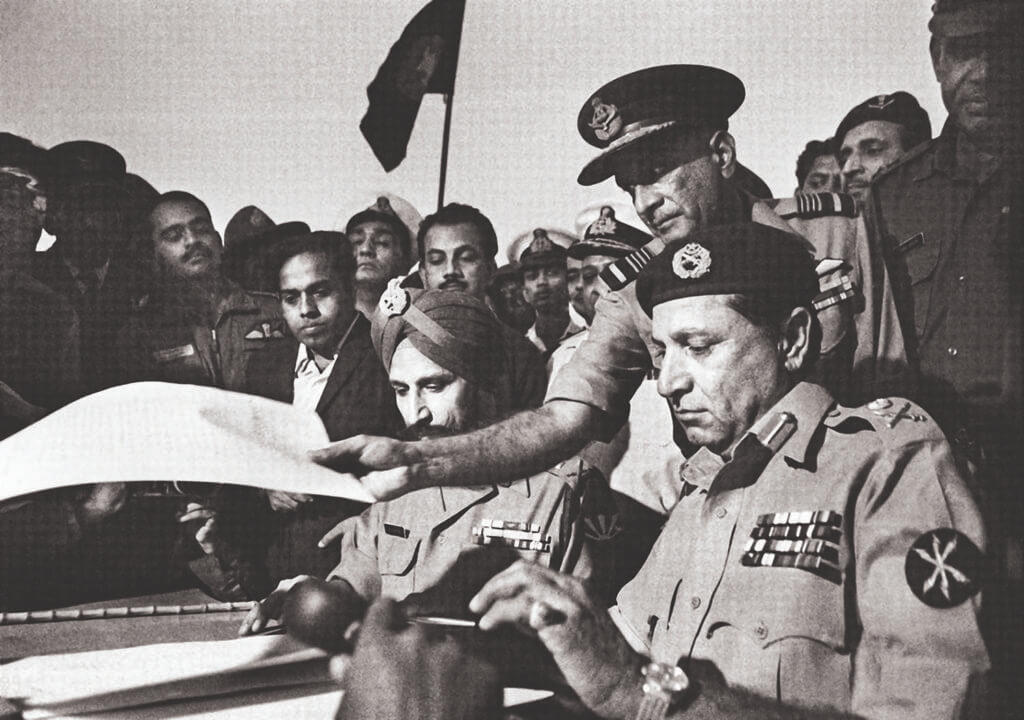
Washing of Hands
The writer is a retired Army officer. Writes on issues related to national and International affairs, important events from military history, and military technology. Considers writing as an instrument to calibrate his mind.


